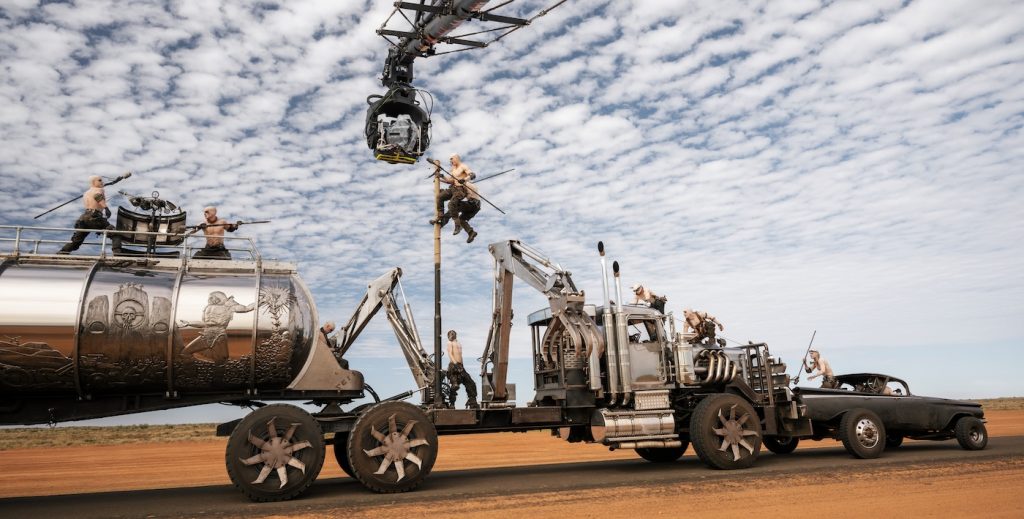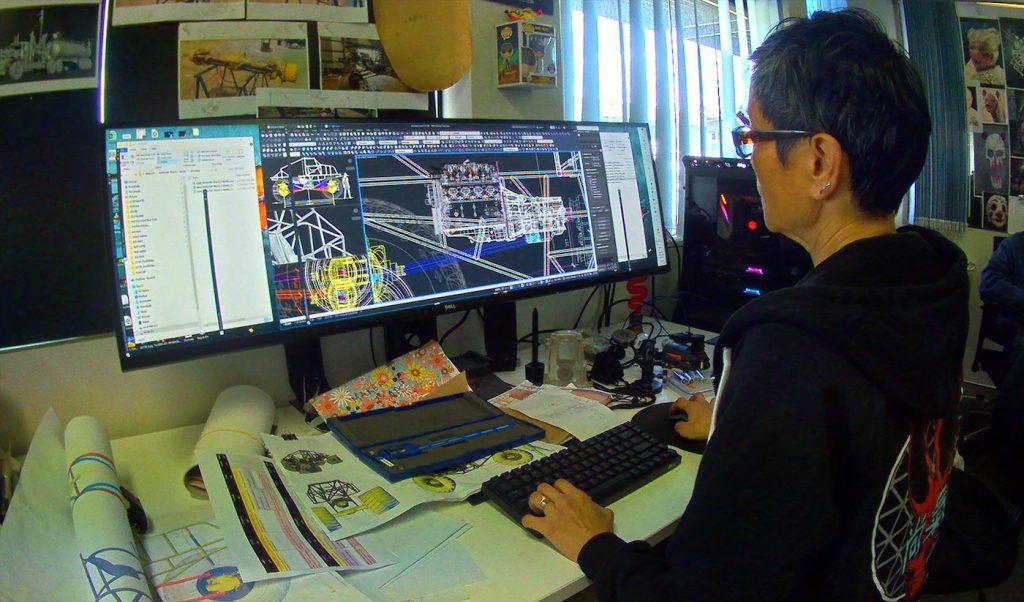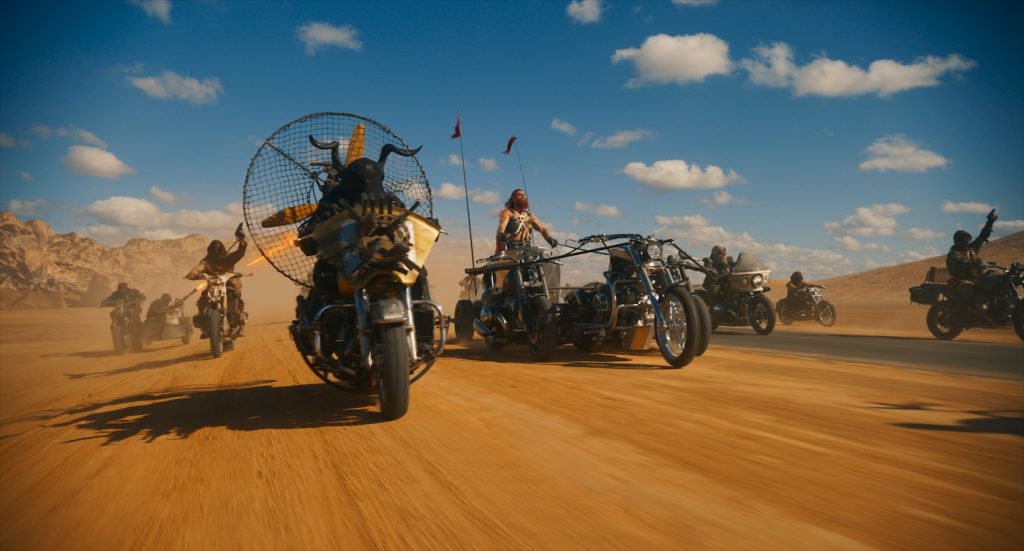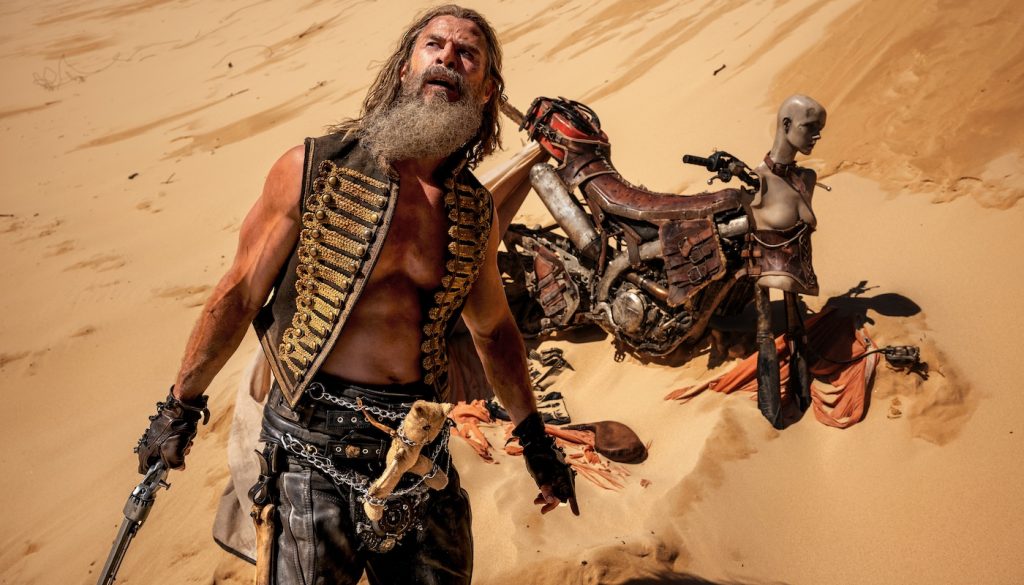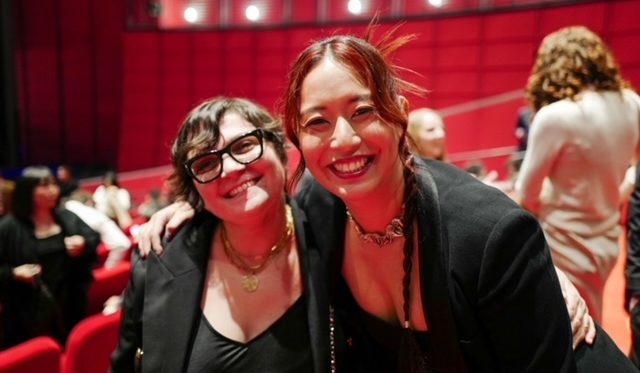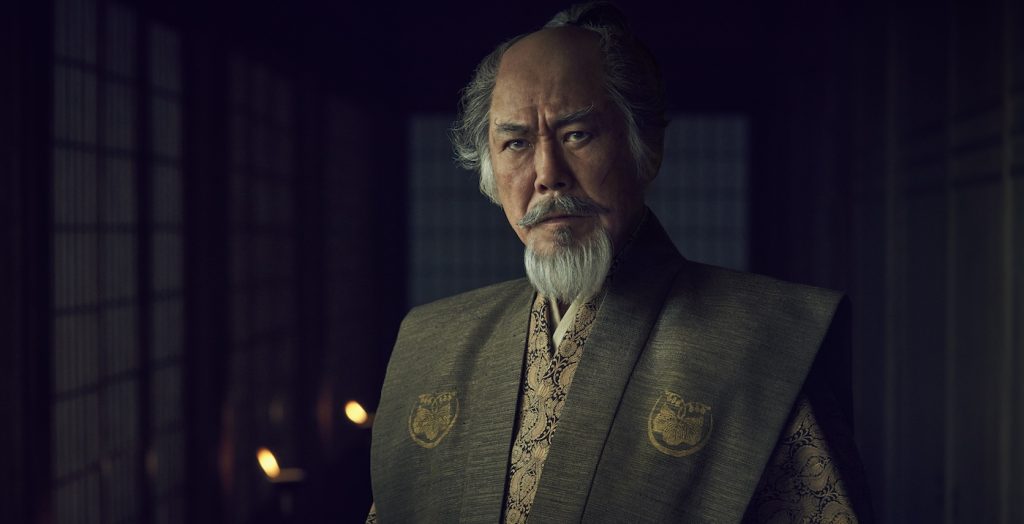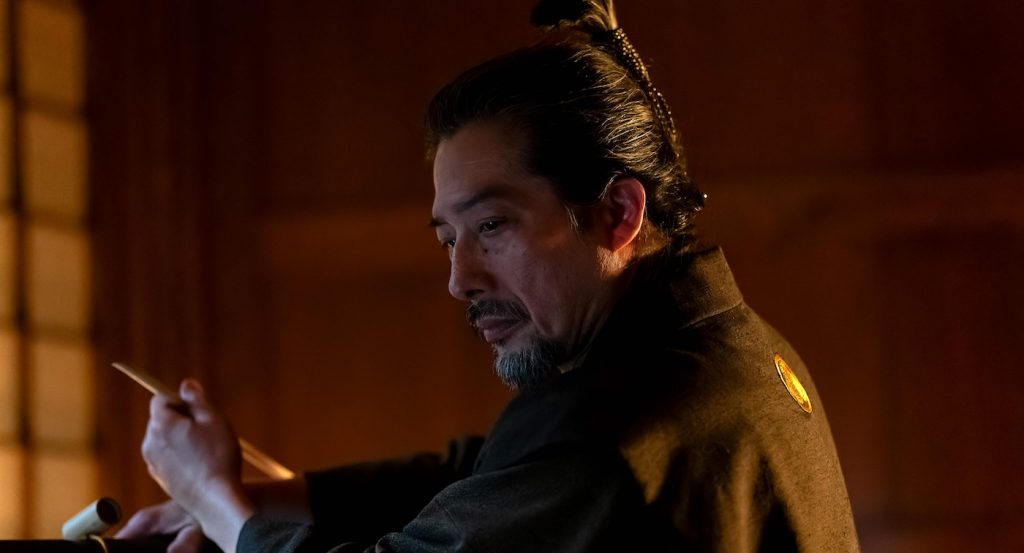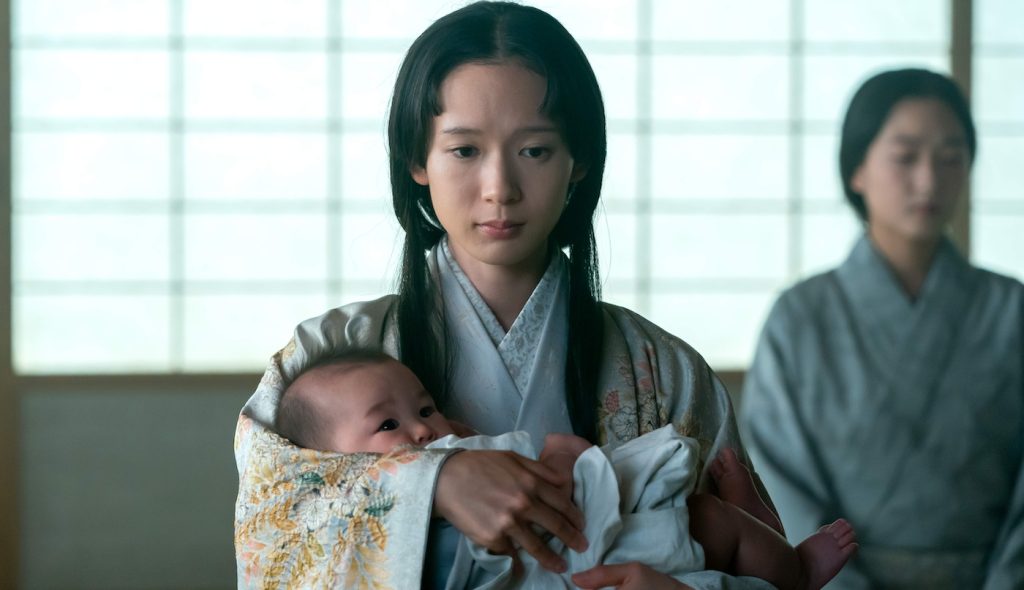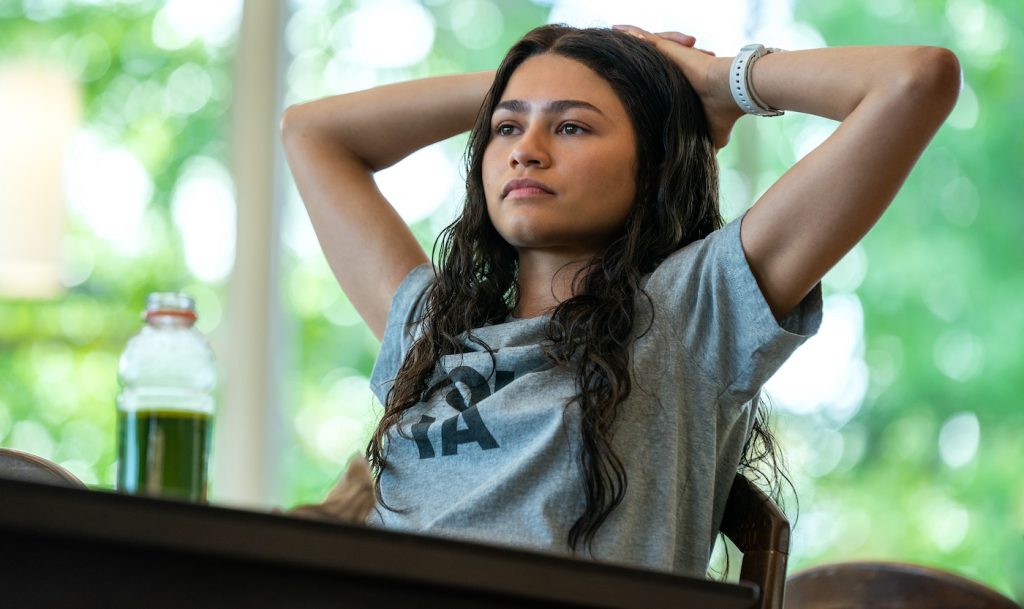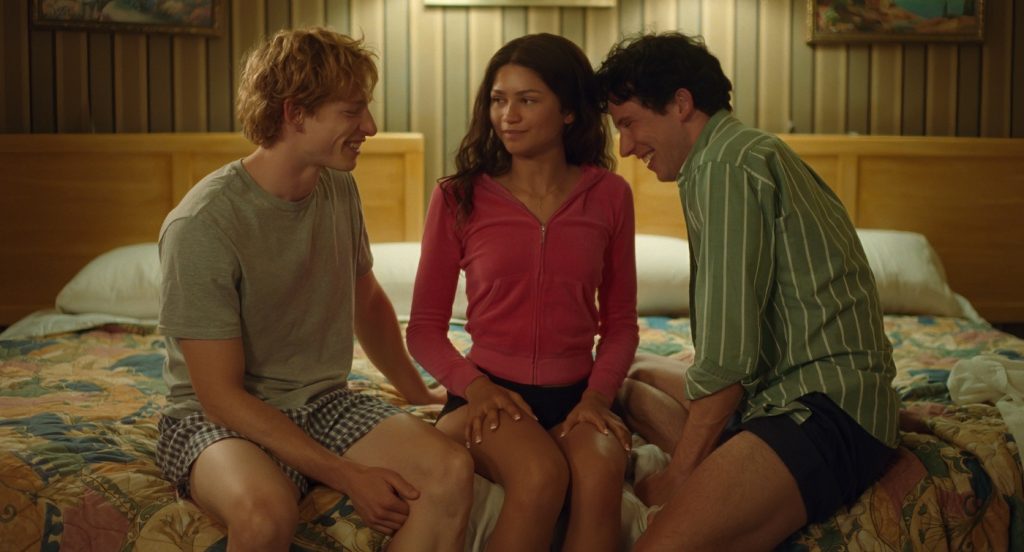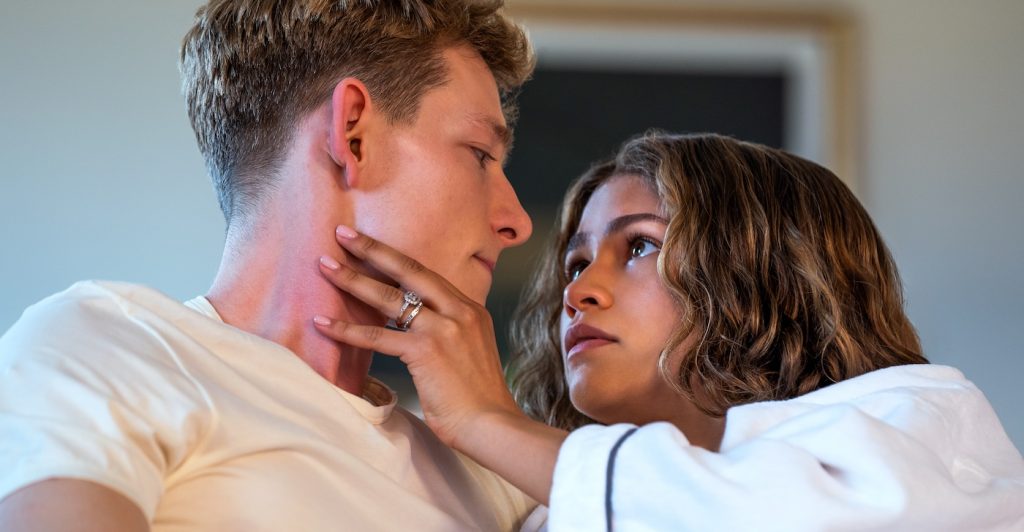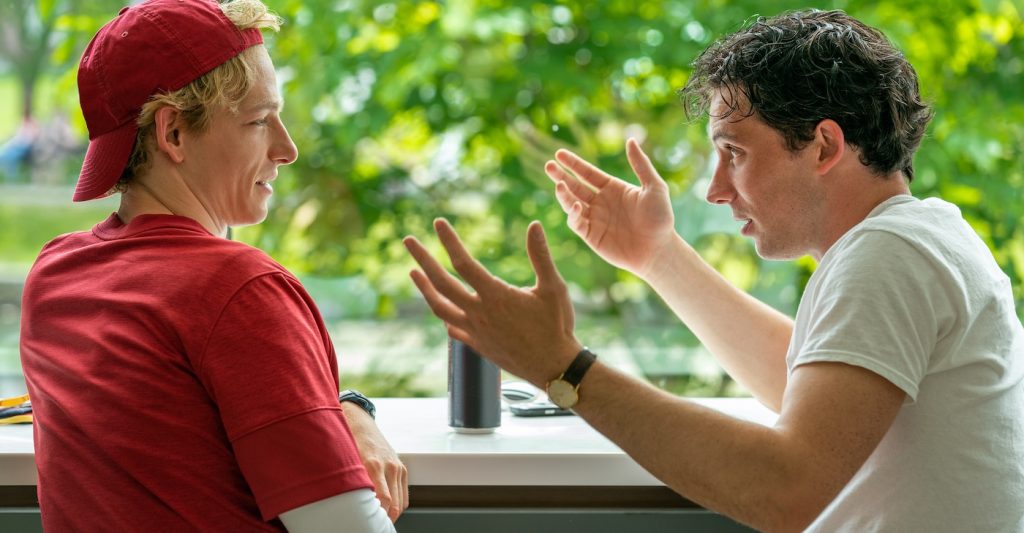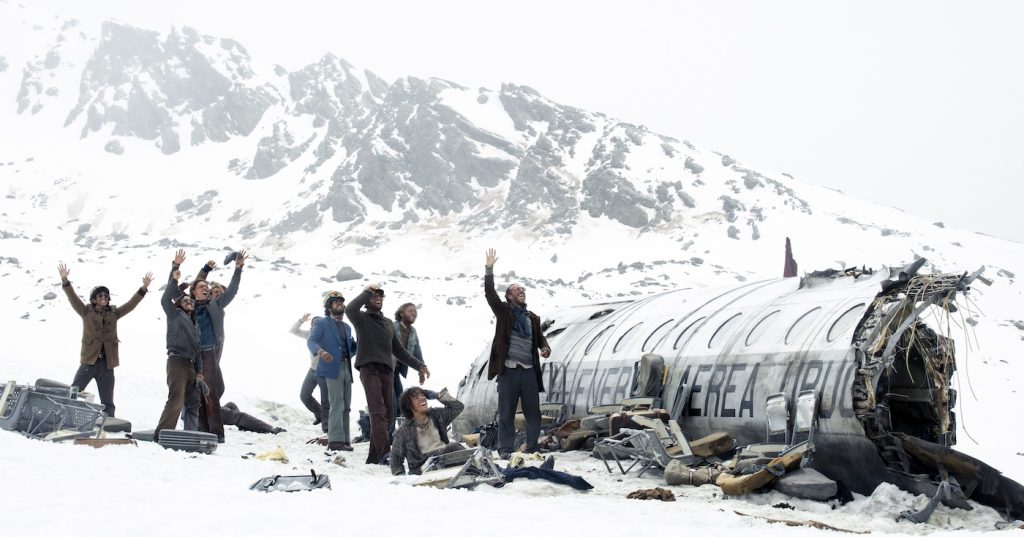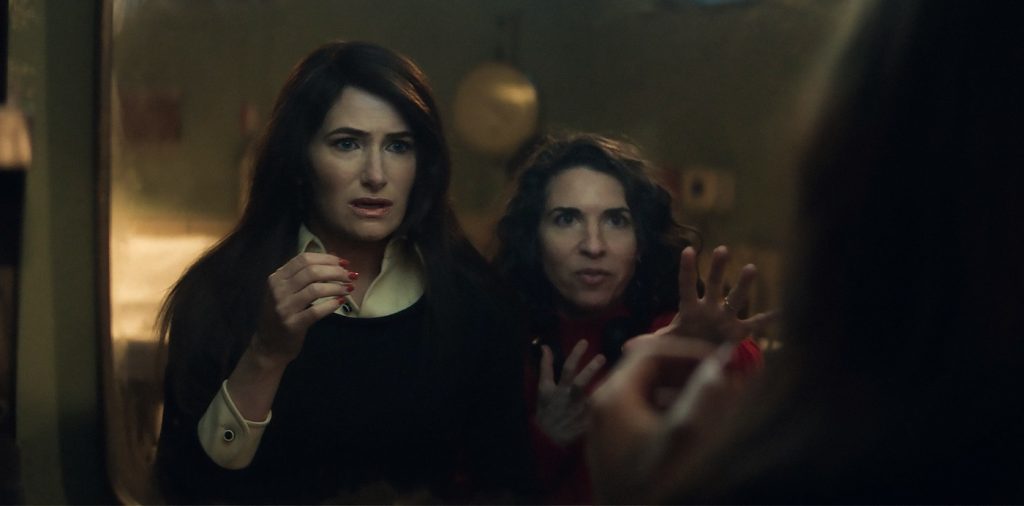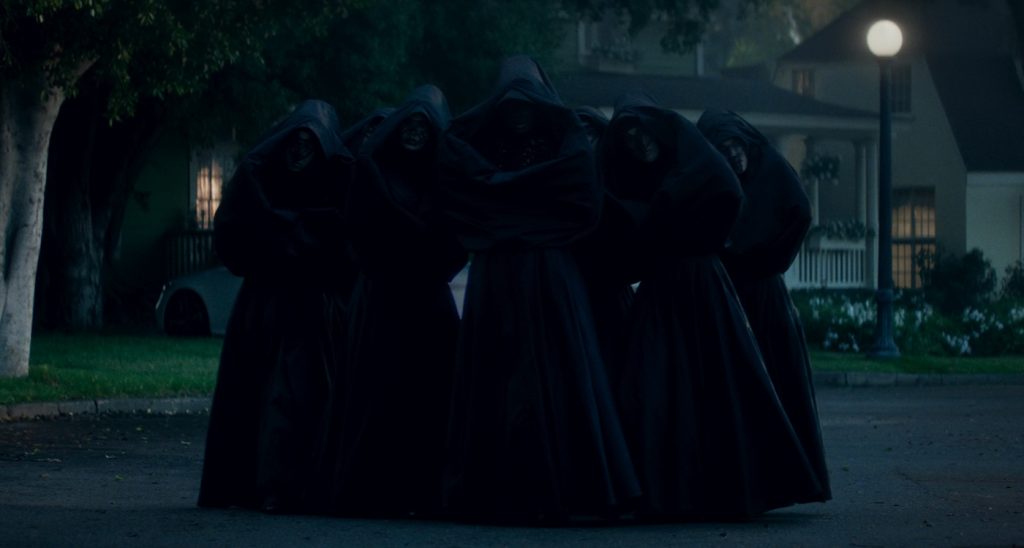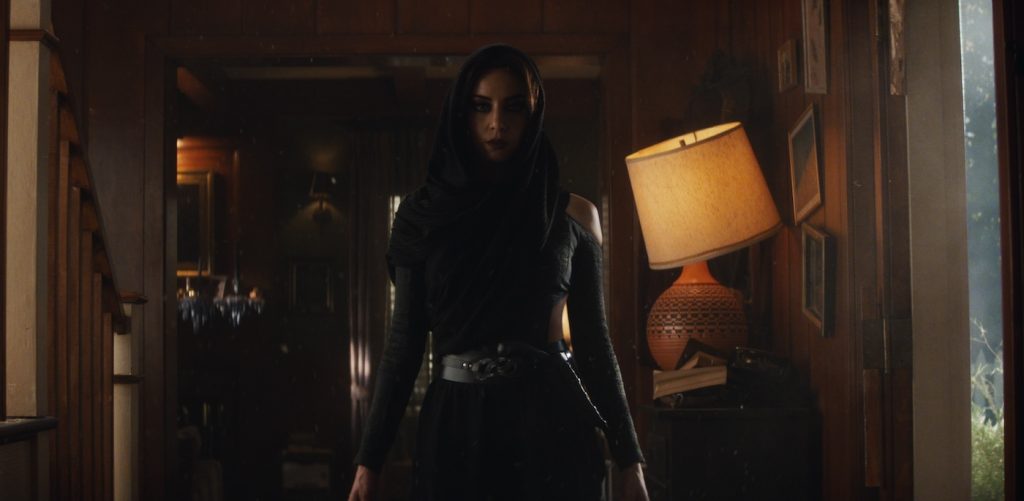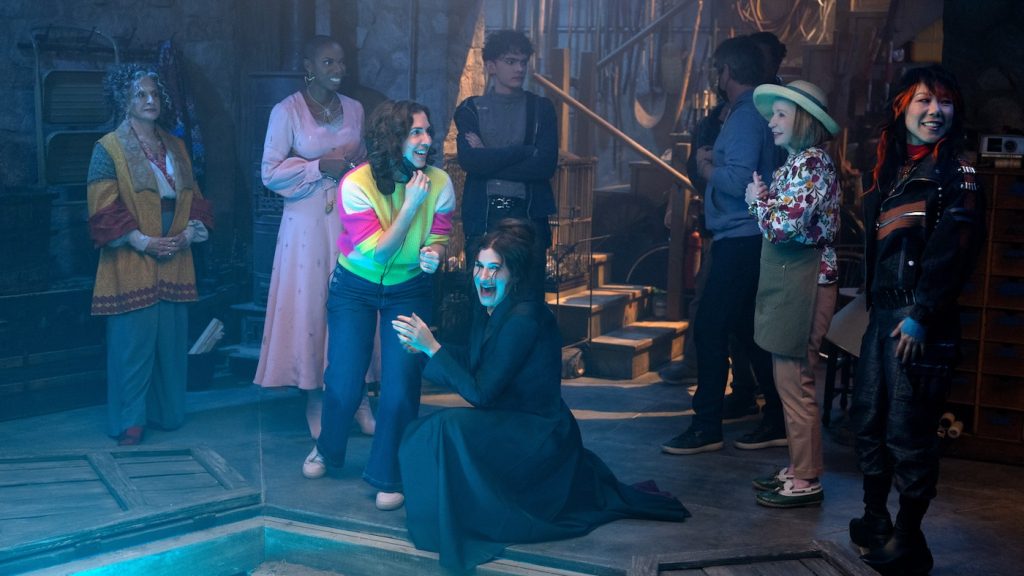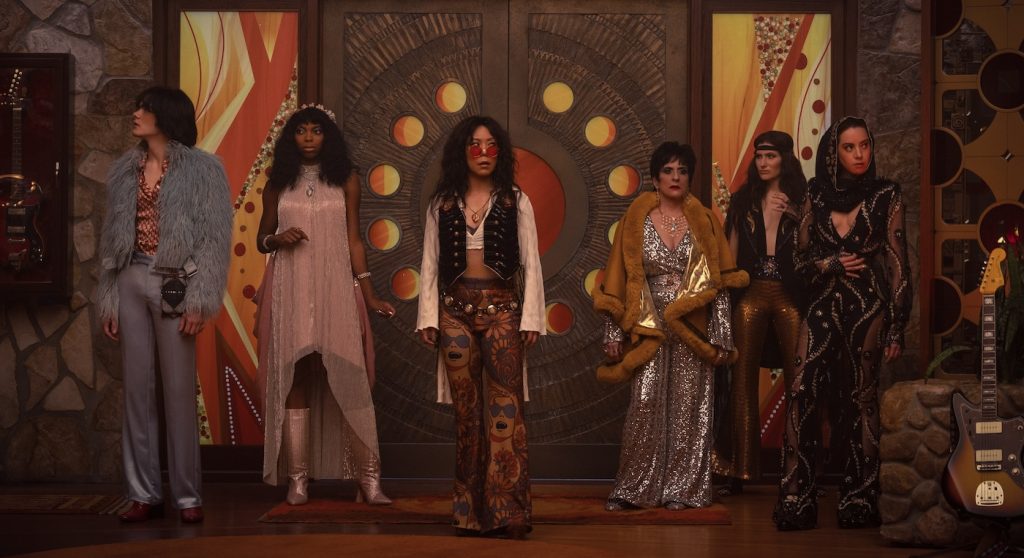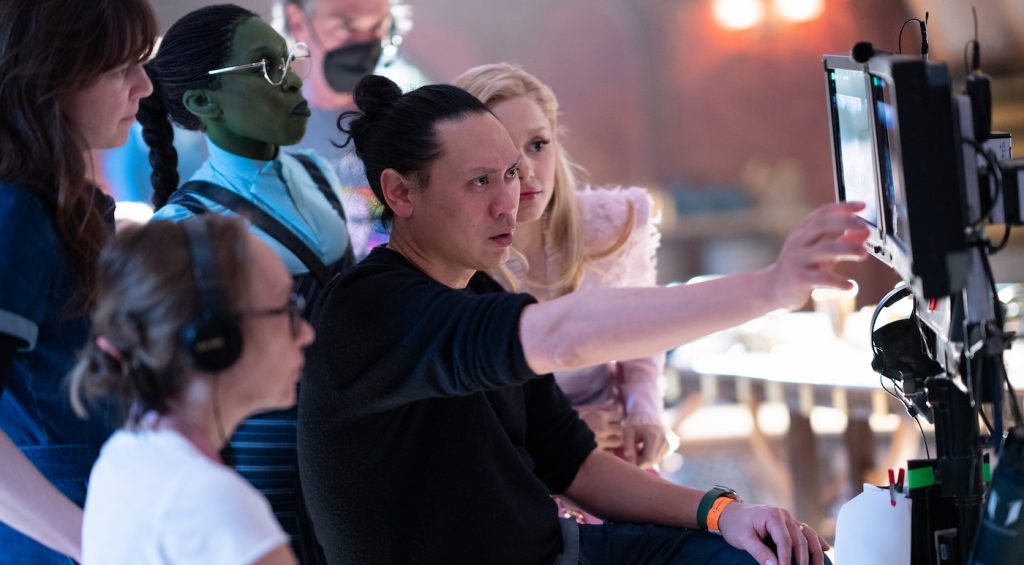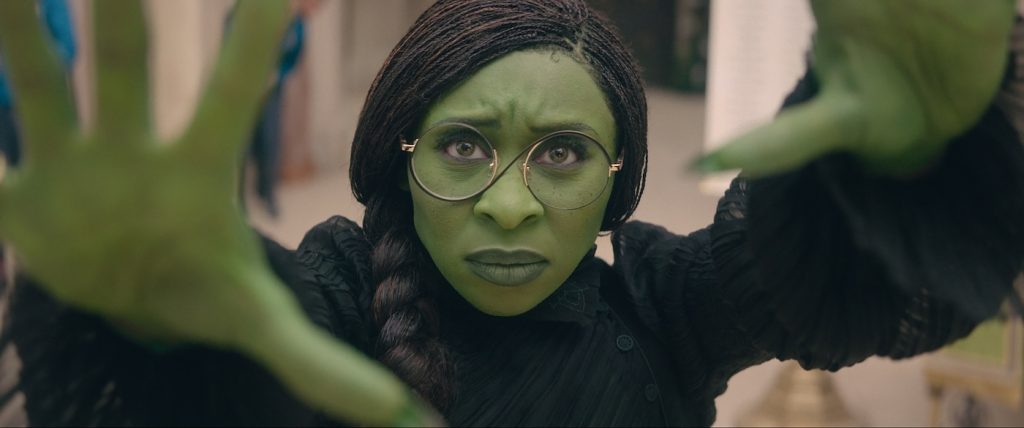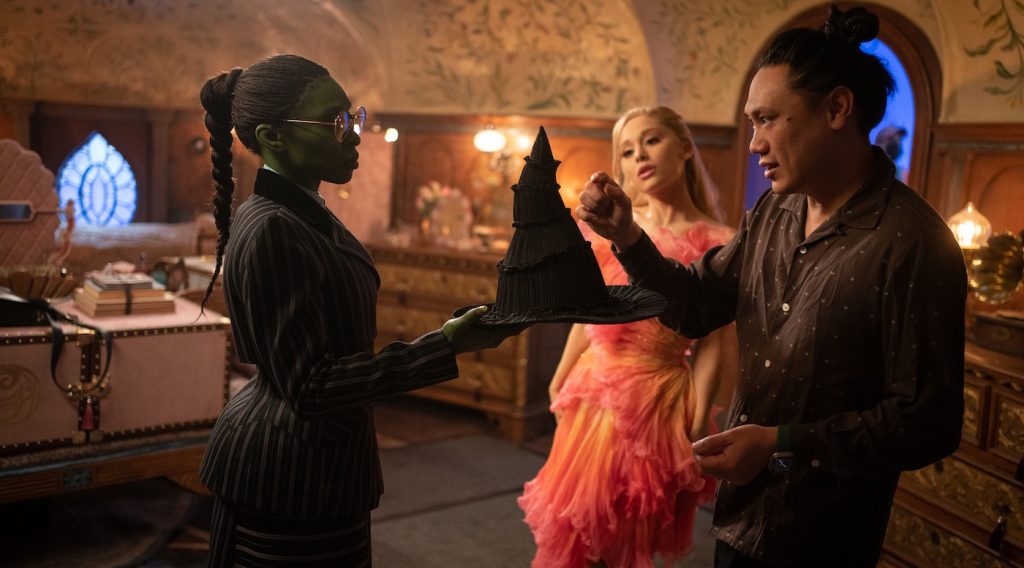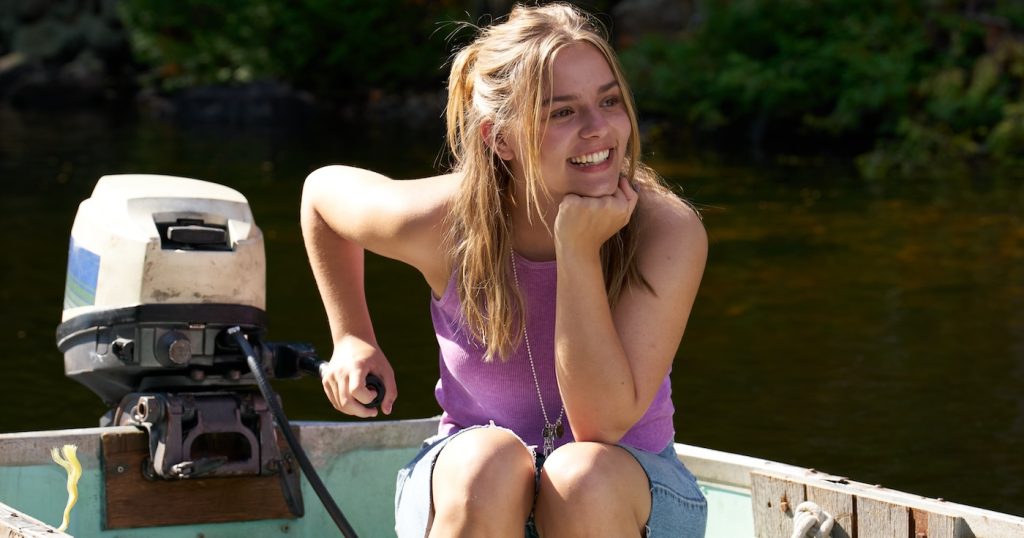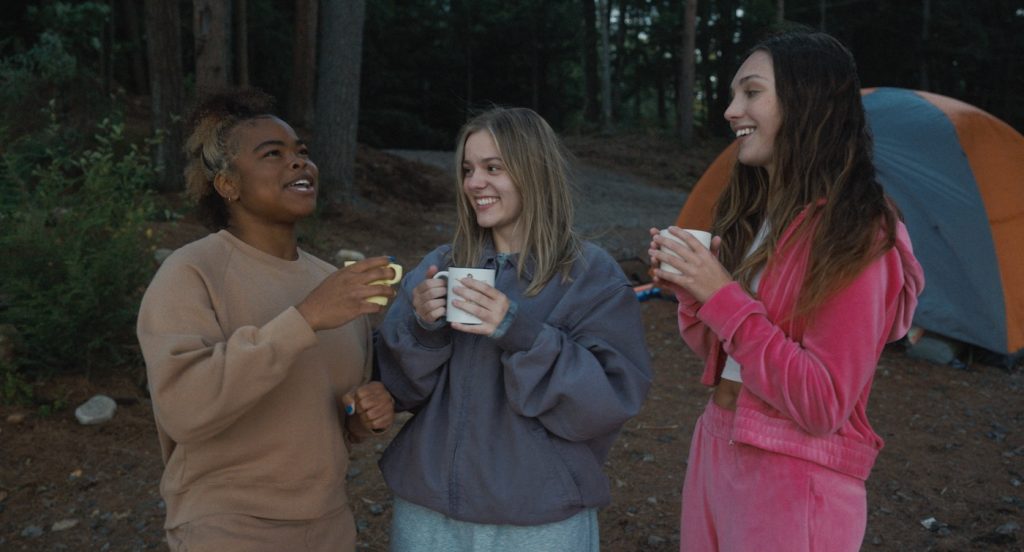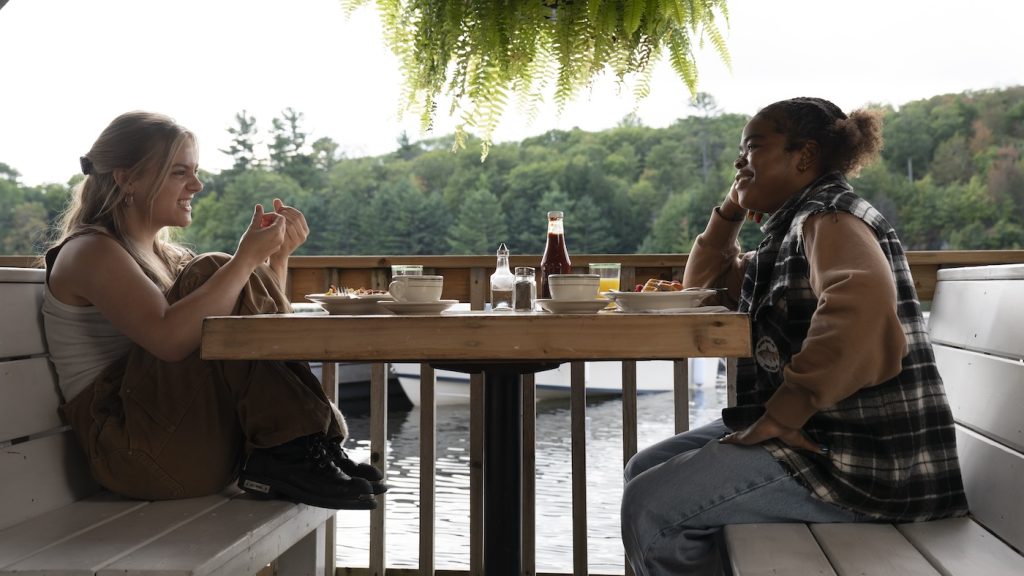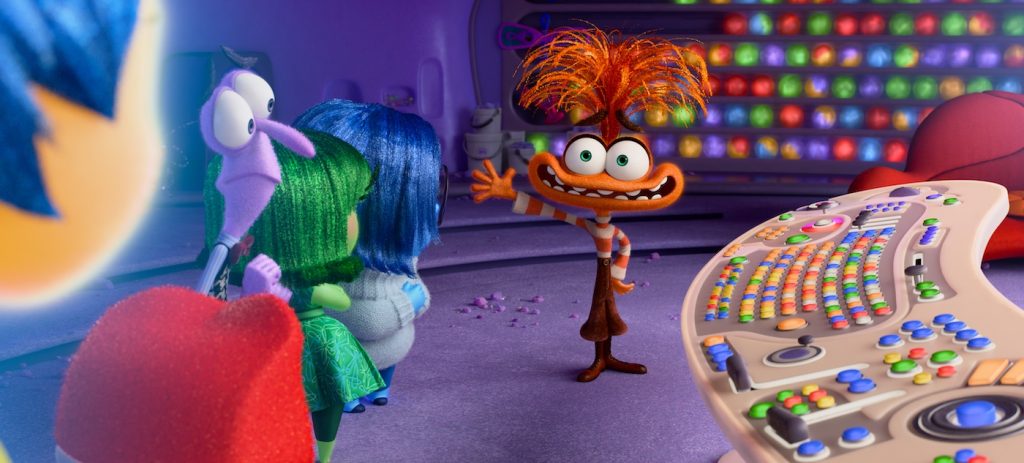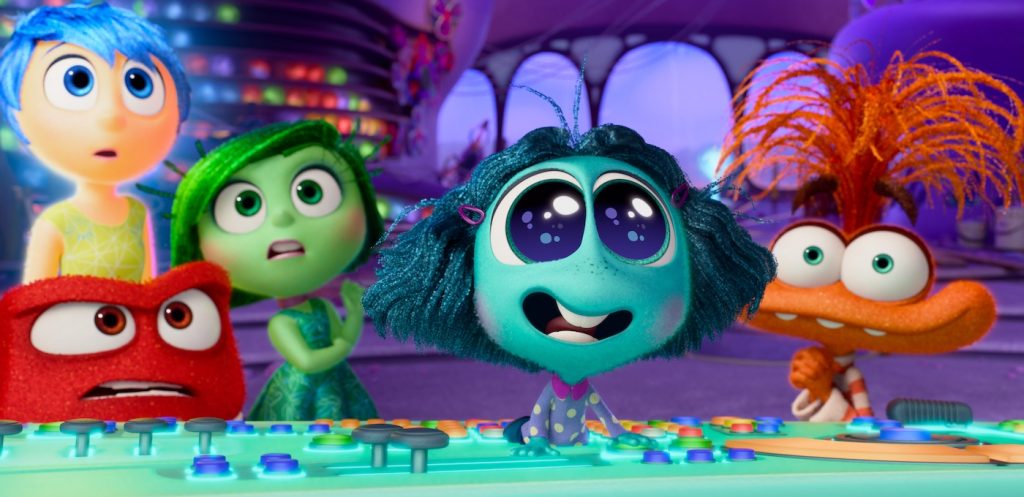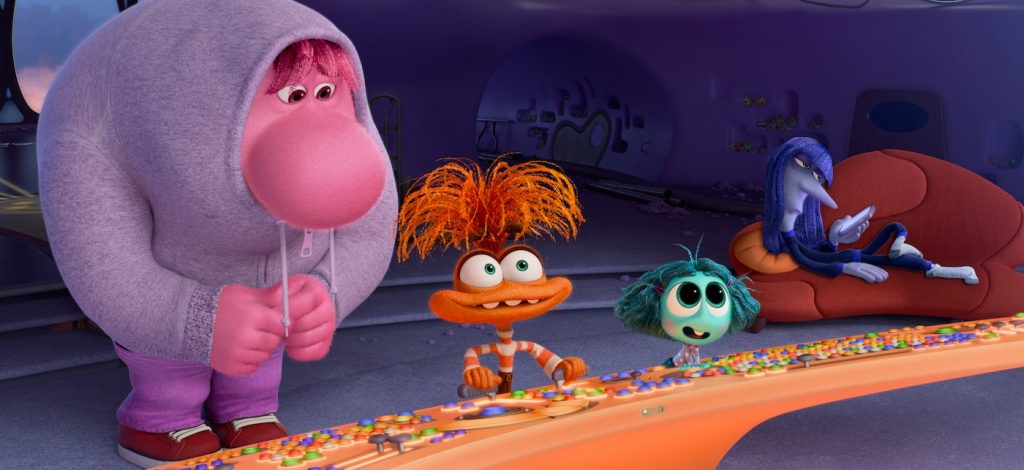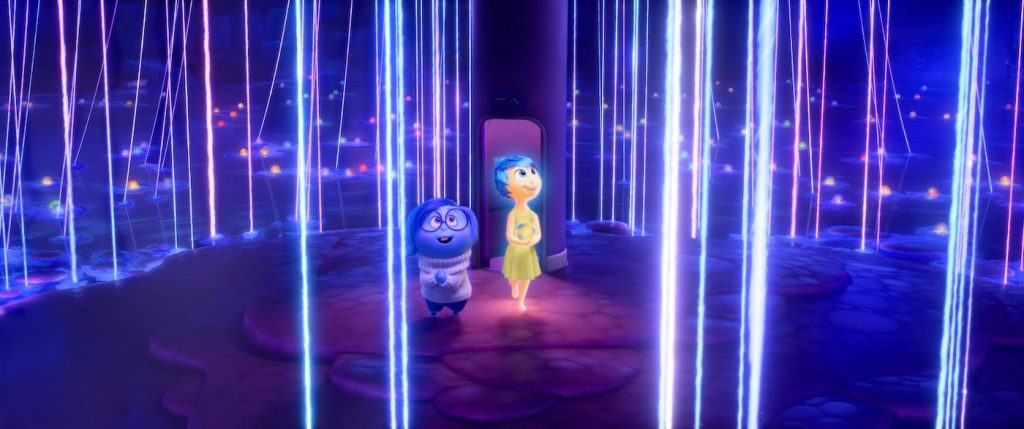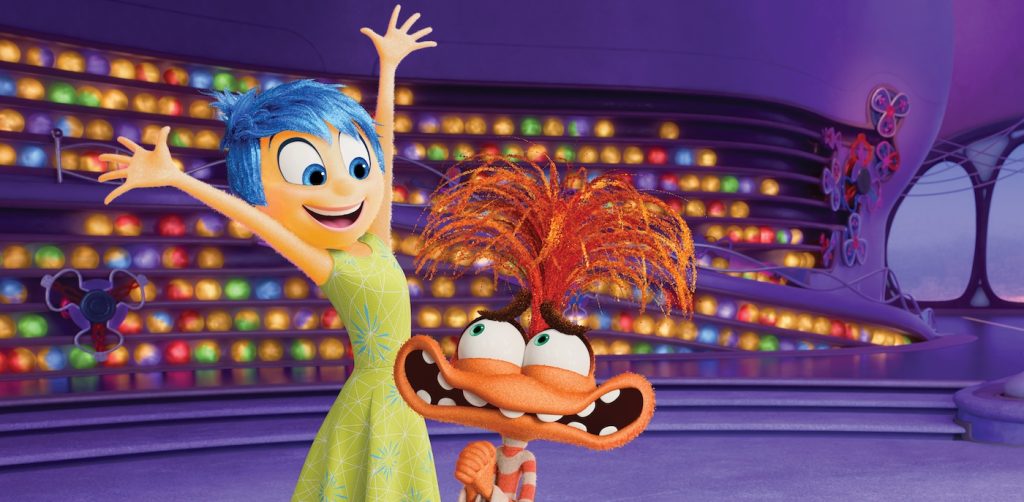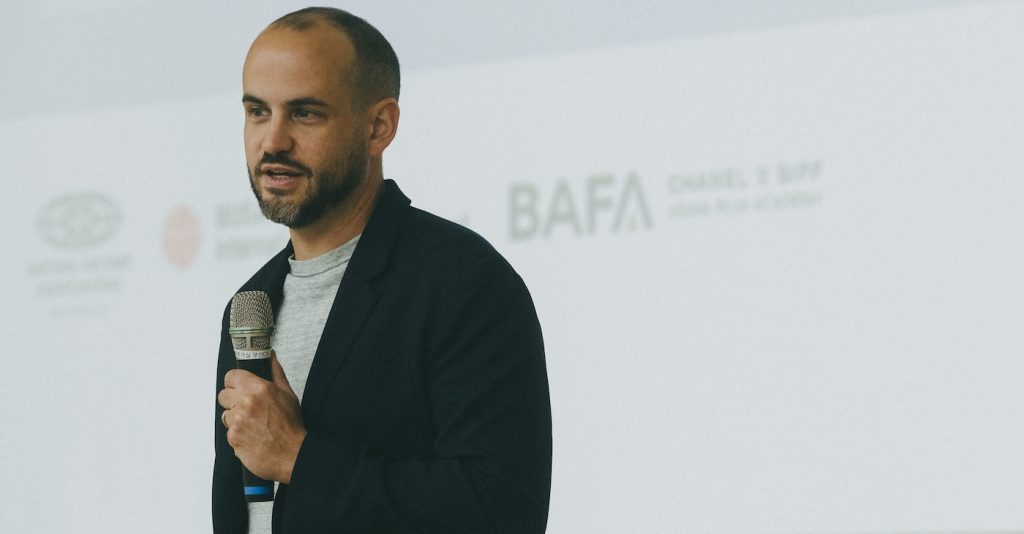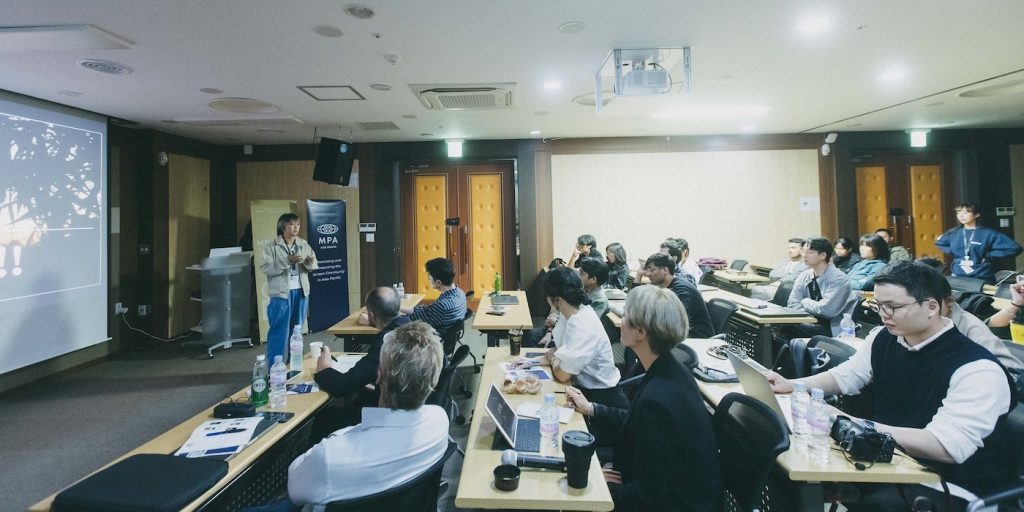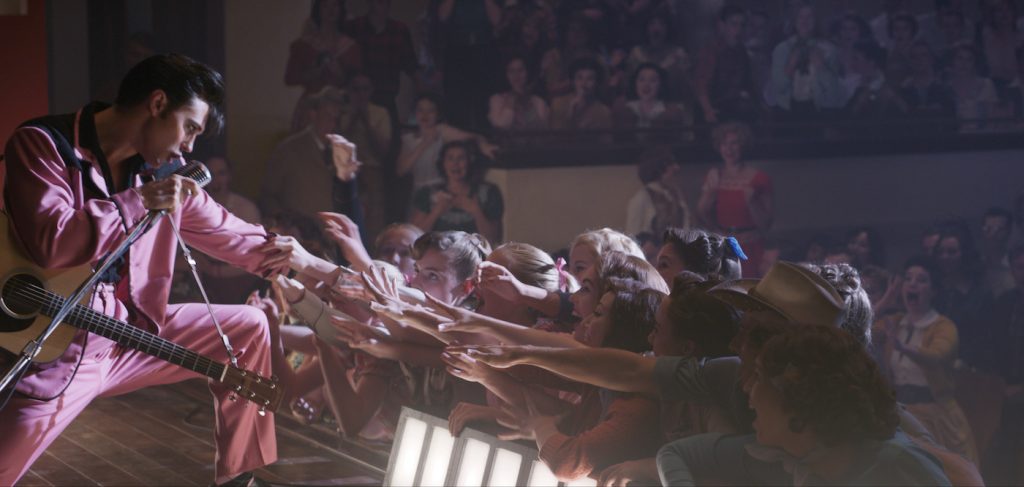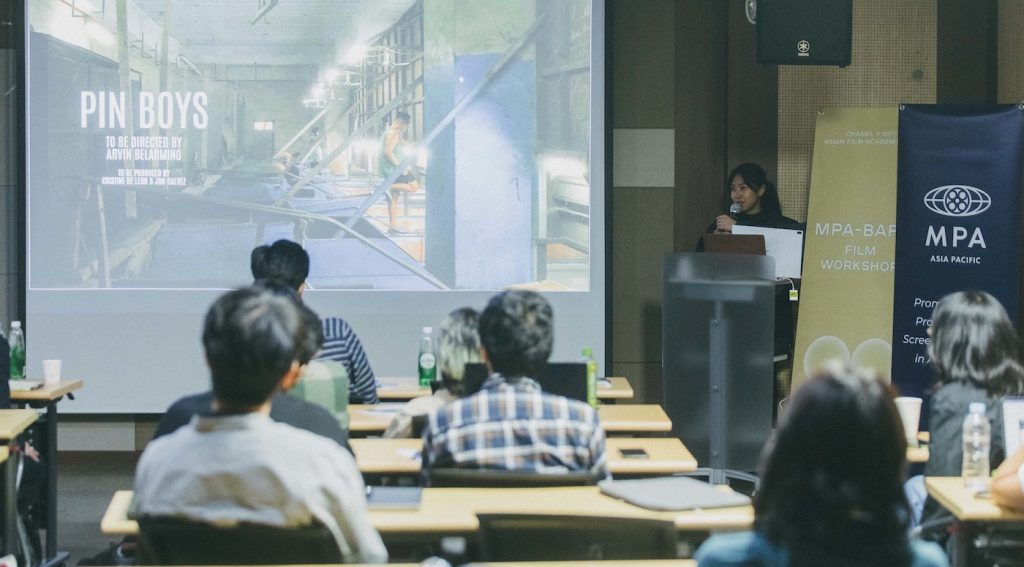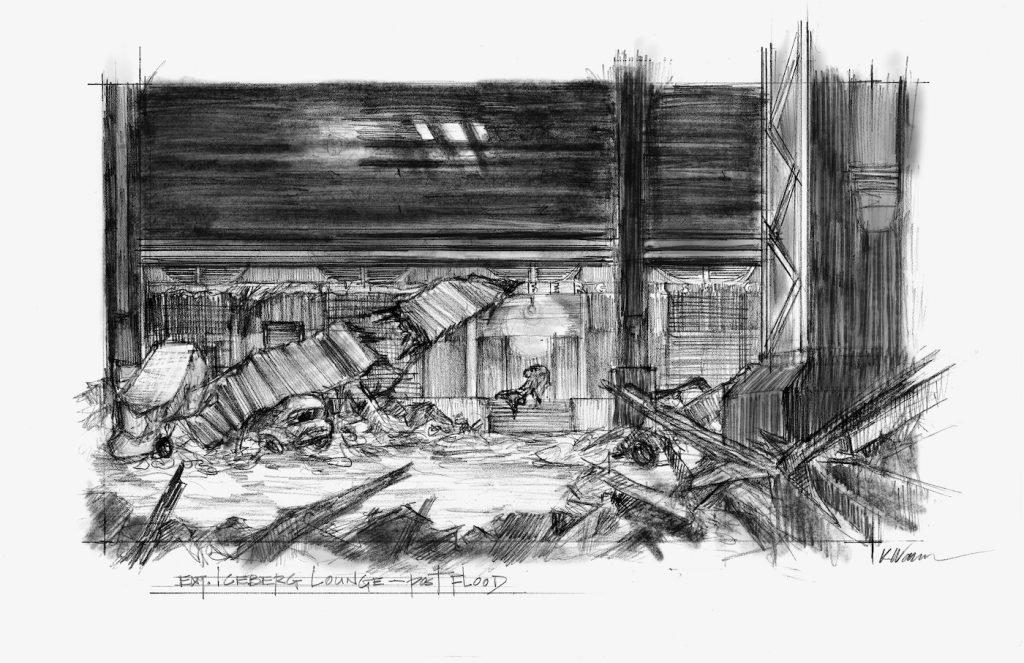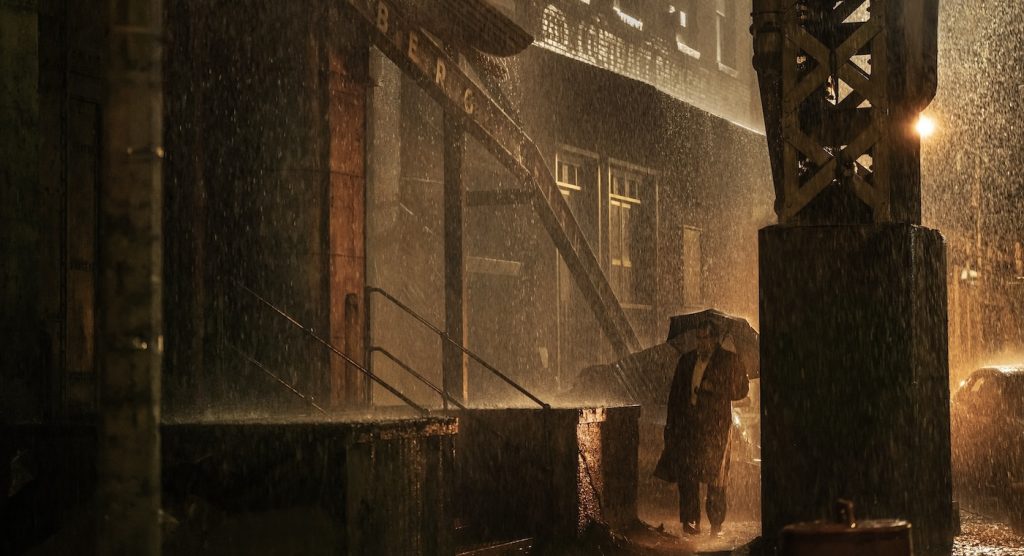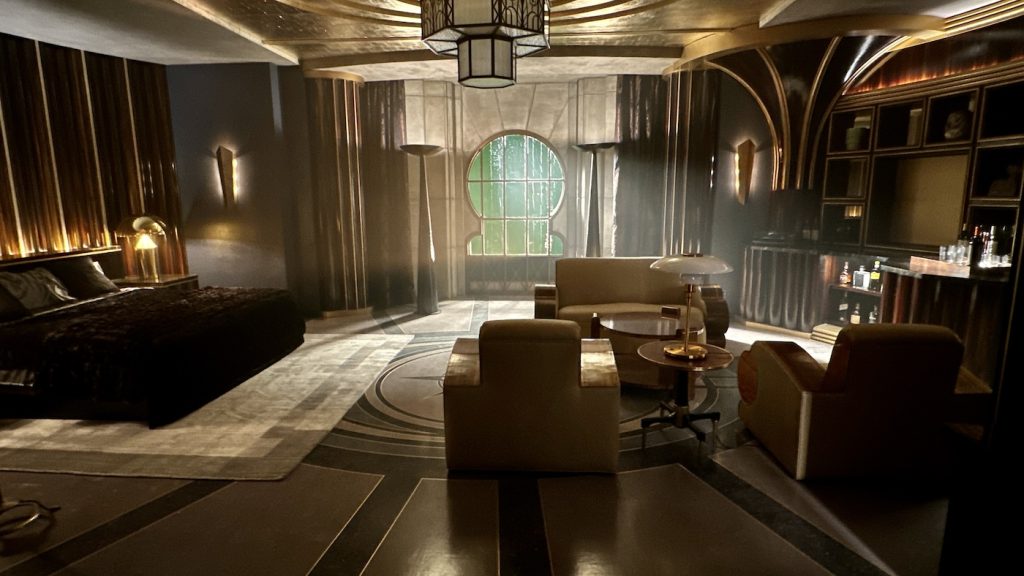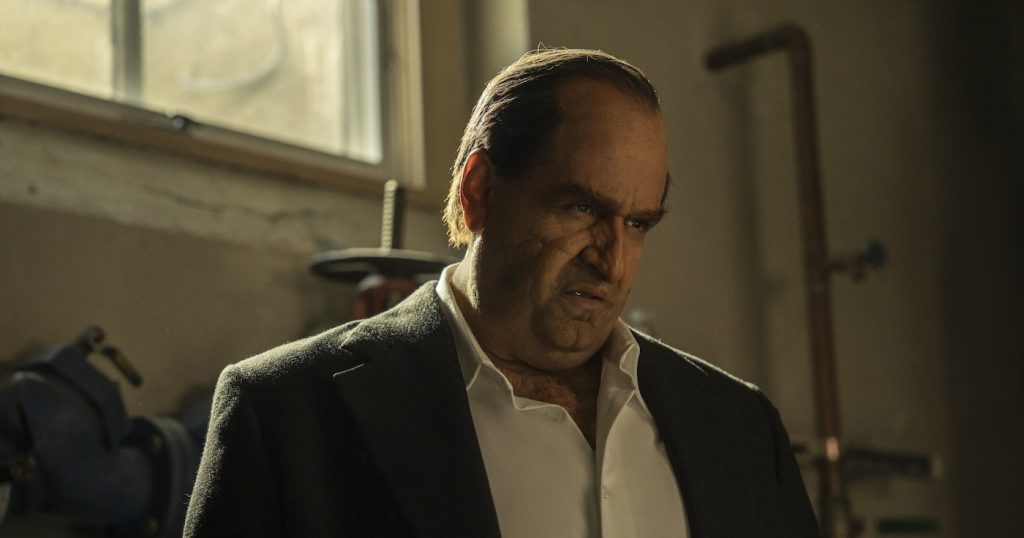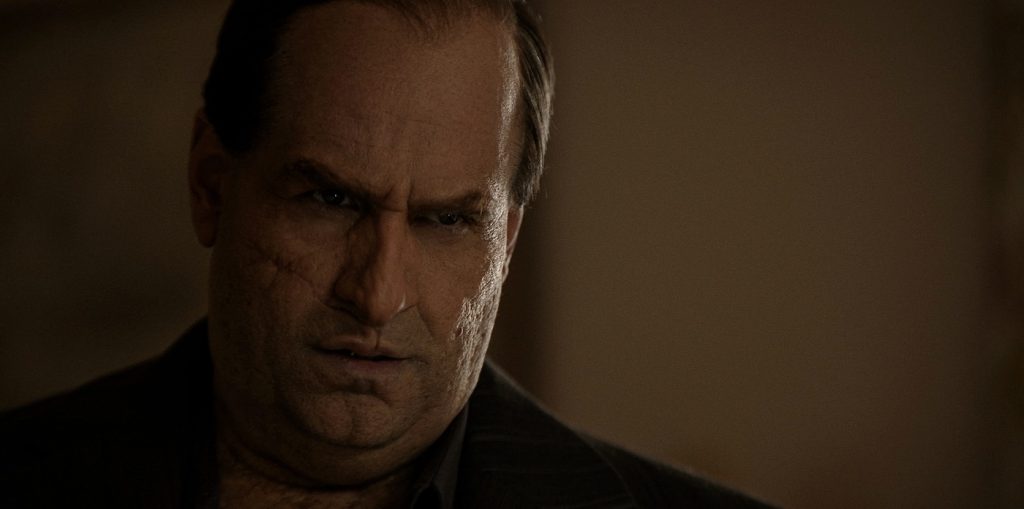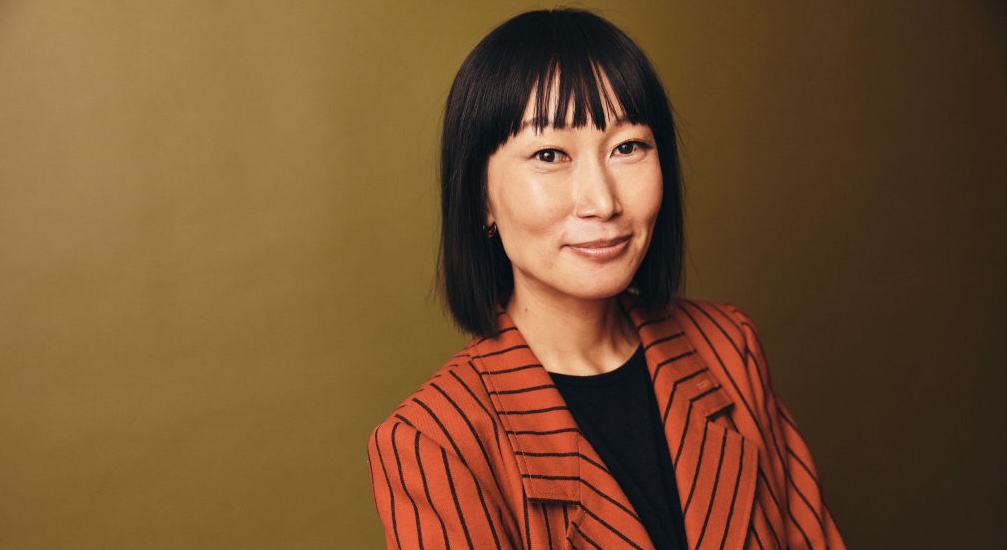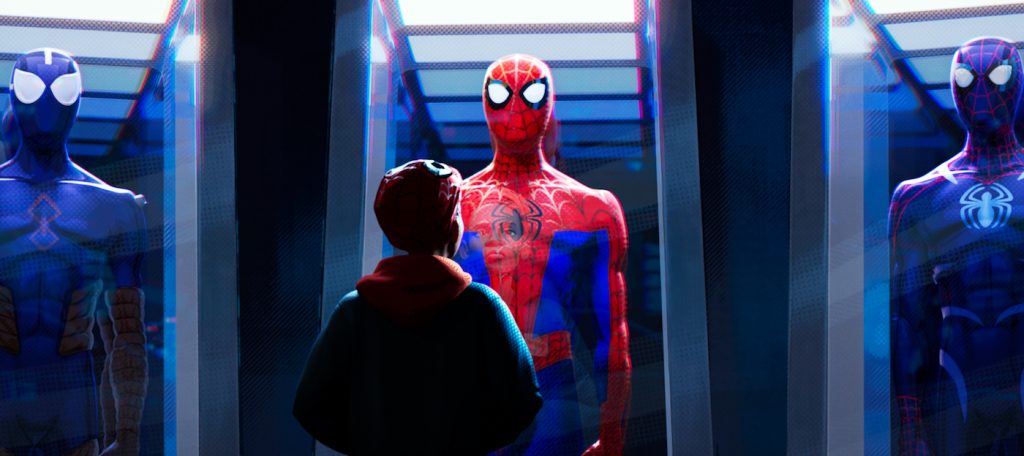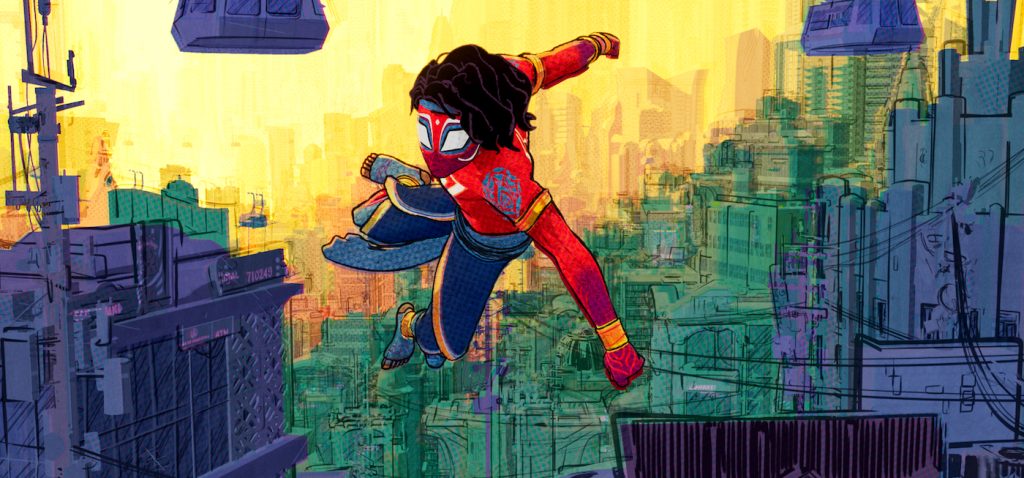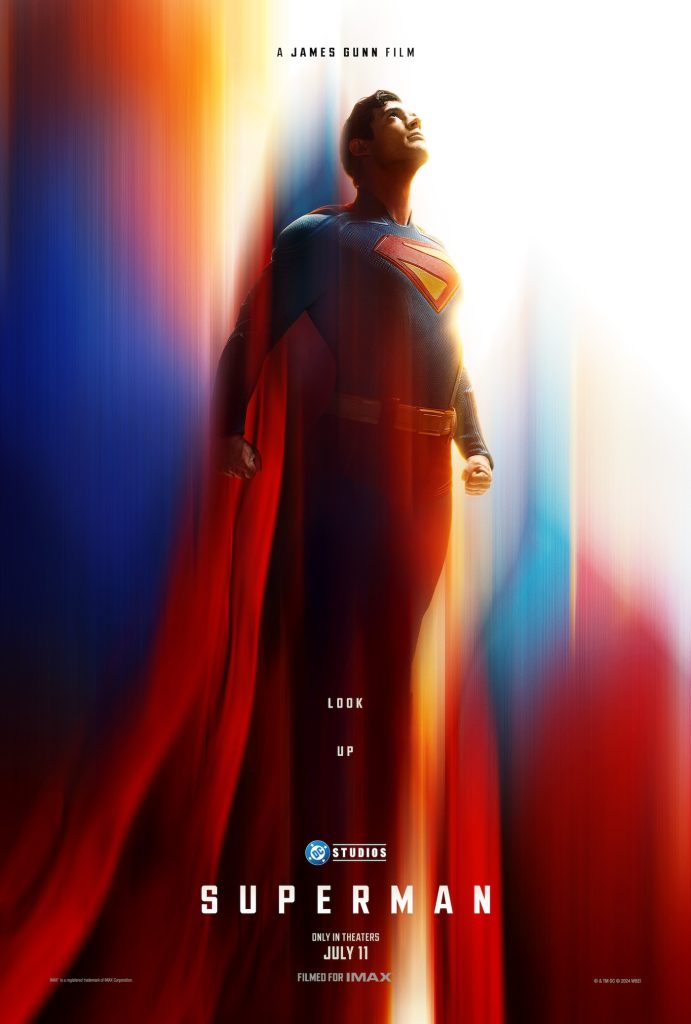In Richard Linklater‘s latest film, an irresistibly sexy romantic comedy that’s also a bit of a noir, a giddy satire on the hitman genre, and a screwball quasi-whodunit, the one constant is a vibe that is decidedly and effusively all Linklater. Glen Powell, a rising star who has been Linklater’s longtime collaborator through a string of roles dating back to 2006’s Fast Food Nation, plays Gary Johnson, a professor of psychology and philosophy at the University of New Orleans who is as passionate about Nietzsche as he is dispassionate about the affairs of his own life. Based on a true story written by Skips Hollandsworth for Texas Monthly and adapted (with generous tweaks) by Linklater and Powell, Gary’s pleasantly low-wattage life—tidy apartment, a Honda Civic, a pair of cats named Ego and Id—gets put under the hot lights when his tech consultancy work for the New Orleans Police Department turns into a last-minute job going undercover to pose as a contract killer.
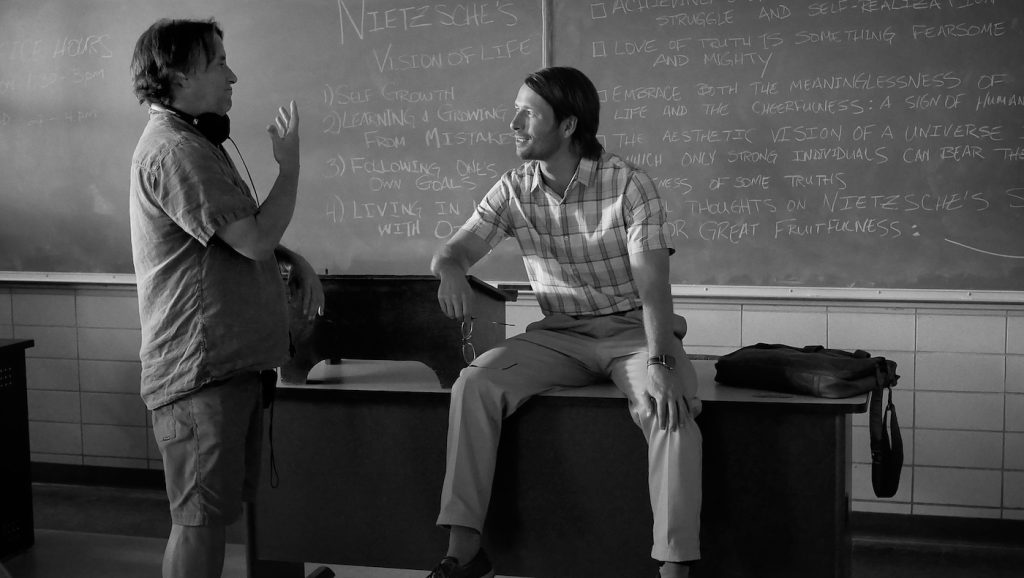
This brings Gary into the orbit of some delightfully sketchy characters—few directors alive give their actors, even ones in single scenes with a few lines—quite as much loving attention as Linklater. The oddballs and misfits Gary comes into contact with as he continuously tweaks and tailors his hitman personae to match the clientele are both a running gag and a solid case for why Linklater is one of the best directors of actors working today.
But then Gary comes into the orbit of Madison (Adria Arjona), a beautiful, emotionally battered young woman who wants to off her abusive husband. Up until now, Gary (via a knockout performance from Powell) has been having the time of his life duping would-be killers into the clutches of the NOPD, but with Madison, it’s different. There’s chemistry: abundant, immediate, intellectual, and physical. There’s a snap to their every interaction, a syncopation of rhythms. Gary is willing to bend the rules to keep Madison out of harm’s way and, inevitably, into his arms. The question becomes how far Gary will go to protect her and how far Madison is willing to go to protect them both.
In Linklater’s able hands, working with some of his most trusted allies like cinematographer Shane Kelly and editor Sandra Adair, Hit Man sizzles from start to finish and proves Gary’s beloved Nietzsche may have been right when he wrote, “There is always some madness in love. But there is always some reason in madness.”
Linklater explains the methods to his madness below.
I’d love to start with your casting process. Glenn and Adria have abundant onscreen chemistry, but the entire cast, down to people with single scenes, really pops. Can you describe the process of working with casting director Vicki Boone?
Yeah, well, casting is the crucial moment, isn’t it? You’re dead in the water if you get the wrong person in there, so that’s always been such an intuitive, important process, and you just kind of know them when you see them, and I’ve loved partnering with Vicki because she loves actors. She just has a feel for them, and we explore this together. She’s just an enthusiast. You gotta love actors and see the possibilities in people.
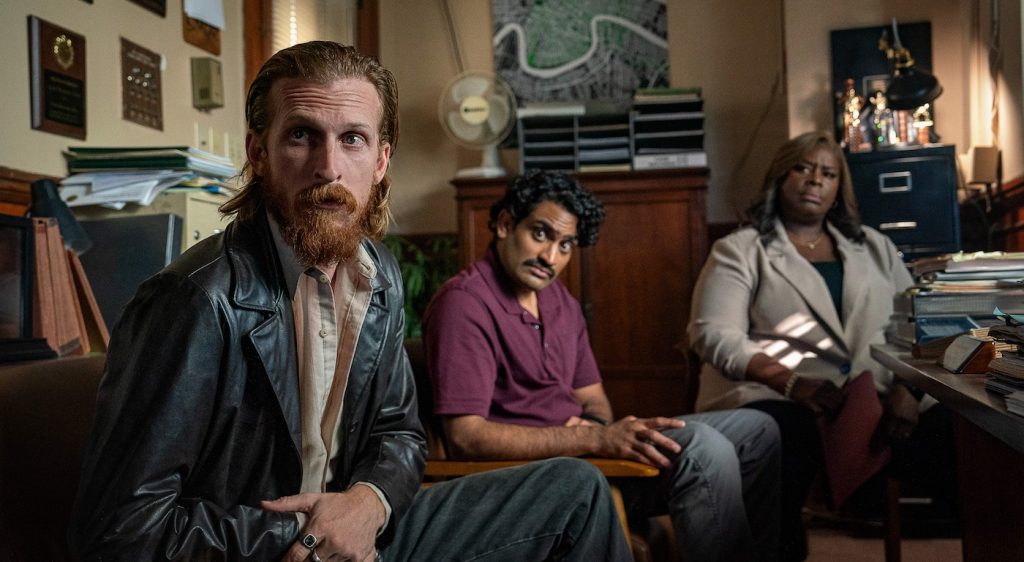
It looks like the camera really loves each and every one of these goofballs. Is that something you talked about before with your cinematographer, Shane Kelly? Or is it at this point, because you guys have worked together for so long, that it’s kind of a shorthand?
It’s a shorthand. I just think it’s an attitude that pervades the movie. The tone is set by the director, of course. We respect these people, even though they’re desperate sad sacks making huge mistakes in their lives. We have respect for the actors, too. We rehearse a lot, and we try to think through our parts and really bring our best to them so that the actor finds that character in them.
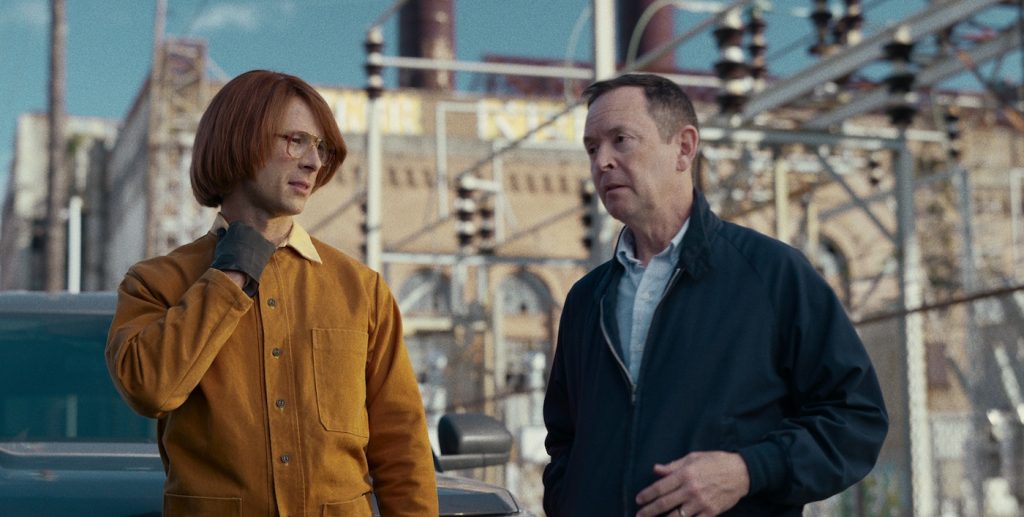
One moment that stood out was when Gary was undercover as a German hitman with red hair and freckles, and the guy he was talking to has a really deep Cajun twang. Was that exchange as fun to film as it was to watch?
Absolutely. The actor Glenn is working with is Richard Robichaux, who I have worked with a lot. He’s actually from Louisiana. He kind of tweaked up the Cajun accent a bit, but it was like these two guys are from other planets. Gary even asks him, “Where are you from?”And Richard’s character is looking at him thinking, “You’re from Mars, maybe? Some other planet,” you know? That character Gary is playing then, we called him Dean, the orange-haired, strange-accented, freckled guy. Every department, from hair, makeup, and costumes, everybody just pushed it to the max here. It was still grounded, but way, way out there. We had fun.

The spark between Glenn and Adria is potent. I haven’t seen a movie like this in a while that focuses on two people with tremendous chemistry who take so much pleasure in it. What was it like capturing that on camera?
Yeah, I always refer to this as kind of like my 80s throwback movie where people really had sex and they were driven by passion and it got them in trouble. And, you know, one of these kinds of movies they don’t supposedly make much anymore. You get the right people in there like Glen and Adria; they’re such charismatic, vivacious people, and they’re both smart and funny. It was just fun to work with them. But you can’t create chemistry. They either have that or they don’t. But you can kind of nurture it. You can give it room to articulate itself and find a new level. But you can’t – you can’t fundamentally create it. It’s like it’s hard to create funny people—people are funny or they are not. It was easy with Adria and Glenn. They’re there already, you know.
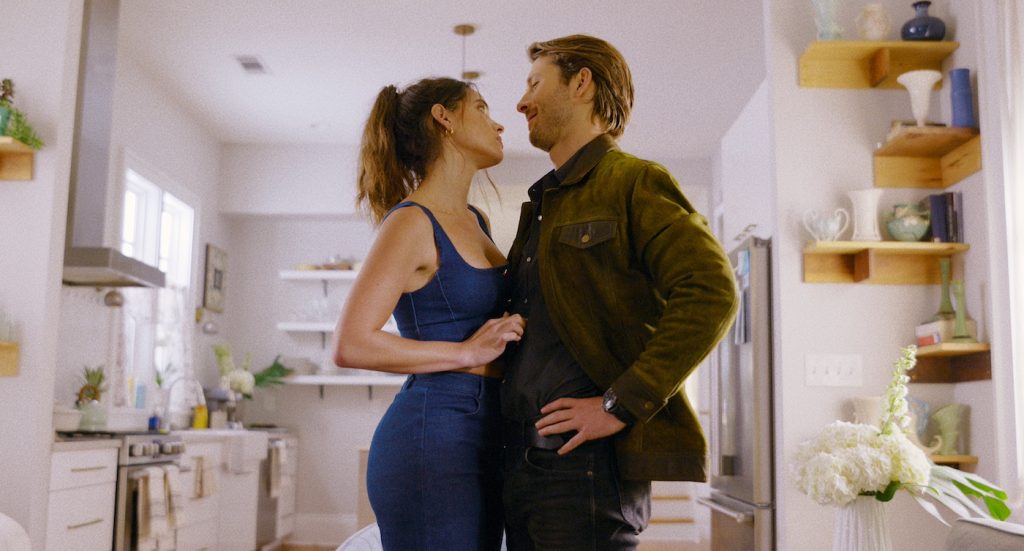
There was a snap to their banter. Hit Man just seemed like a movie that would be fun to make.
Oh yeah. And that fun started in the workshop rehearsals that I do, and the way we process the script, touch it up constantly, keep pushing ourselves and each other, and make each other laugh. So yeah, it’s a process, but it was really fun. Every bit of it was joyful.
You’re a veteran screenwriter as well as director, but I’m curious how difficult adapting this story from Skip Hollandsworth’s Texas Monthly piece was, considering you have several surprising twists you and Glen, your co-writer, created, which I imagine is not an easy thing to nail.
It was fun to be able to do that. Most of my stuff is character-based, which doesn’t really rely on that. I often make fun of it, it’s like, “Well, plot twist, that hat’s artificial.” Your life doesn’t give you that many plot twists. So it was fun to actually go into that world and create plot twists. I wanted to do it well. I wanted to really go with it and make it work. I don’t want a lot of holes in the story. I don’t want people asking questions. I want it to be tight, tight, tight, and I want to get it perfect and keep going. It was great to have those classic twists. Cinema, it’s got good roller coaster potential.
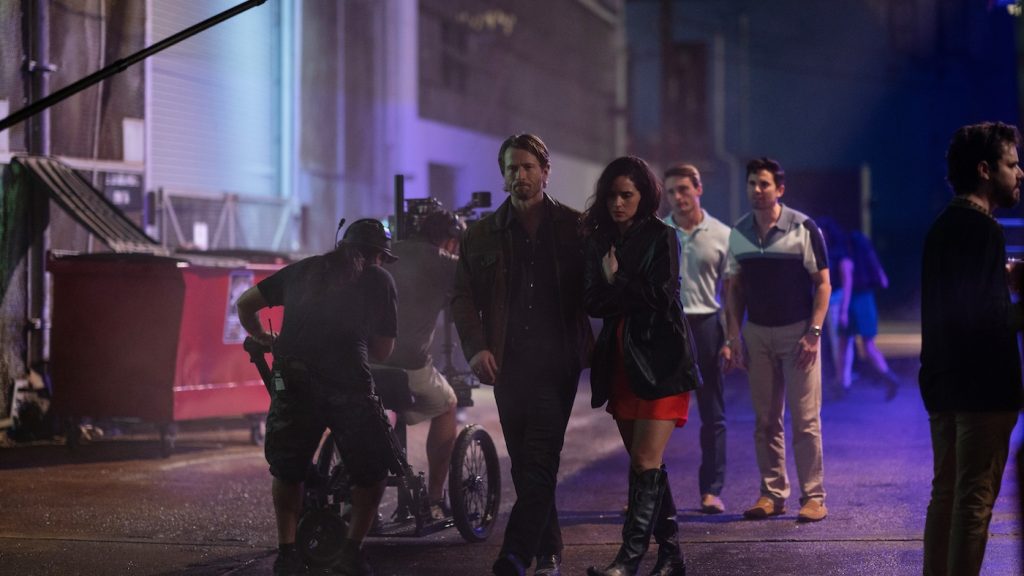
I want to ask about the pacing. You’ve worked with your editor, Sandra Adair, for a long time, and Hit Man moves at such a fun, screwball pace, yet it doesn’t draw attention to itself. Again, is this just shorthand between you and Sandra at this point, or were you talking about this before you started filming?
We share the same postproduction brain, that’s for sure. She can just look at my footage and go, “I know what you’re thinking.” In general, this one we actually did move things around in post, it took a little more finagling than usual. Usually, my films have this A-Z quality, and they don’t deviate that much. In this one, we kind of moved some things around and paced things out a little differently. It was more tweaking; I didn’t do reshoots or anything, but it was a little more time-consuming than usual. But I’m not surprised, given the tone and the genre we were working in, because, especially with the performances, I’m always going for this kind of effortless vibe.
That effortless vibe is another hallmark of your career and your way with performers specifically.
Sometimes, that works to the detriment of the actors, like people think they’re just improving or it’s not really acting because they just seem real. We all know what gets rewarded is when you just see the effort and the big stuff. But I’m typically not that interested in that. There is some big stuff here, but it’s the story we’re telling. It’s pretty crazy.
Another thing that stood out was that here was a New Orleans-set movie without a single shot of Bourbon Street…
Yeah. Thank you. I made a film in Paris and you never see the Eiffel Tower. Someone can eat a normal meal in Louisiana and not have it be some exotic Cajun dish, and people don’t all have these Cajun accents. There’s not voodoo and alligators everywhere. They’re just great people. New Orleans is full of big characters. But yeah, every shot doesn’t have to take place in the French Quarter. You know, we never stepped foot in the French Quarter.
There are some great diner scenes in this movie.
The real Gary Johnson loved Denny’s. New Orleans happened to not have many Denny’s. I don’t know if we could have gotten them on a corporate level anyway; I’m not sure they’d want to be associated with murder deals. But yeah, he liked meeting in little diner-type places that felt real, you know?
Hit Man is playing in select theaters and now streaming on Netflix.
Featured image: Hit Man, (L to R) Adria Arjona as Madison, director & co-writer Richard Linkletter, co-writer Glen Powell as Gary Johnson, and director of photography Shane F. Kelly. Cr. Brian Rondel / Courtesy of Netflix


